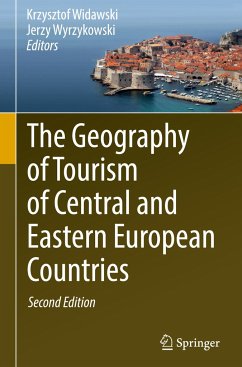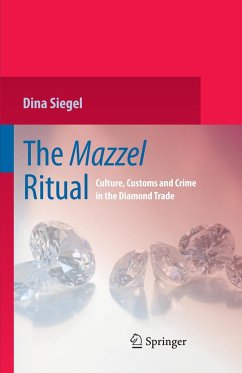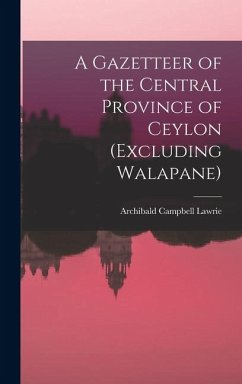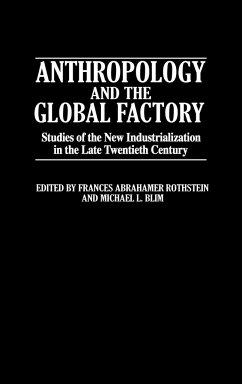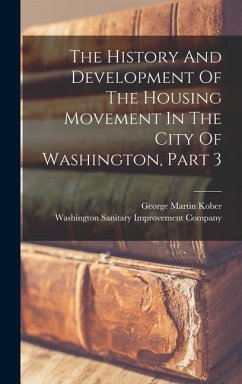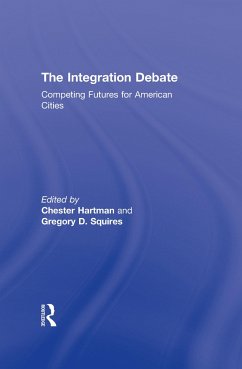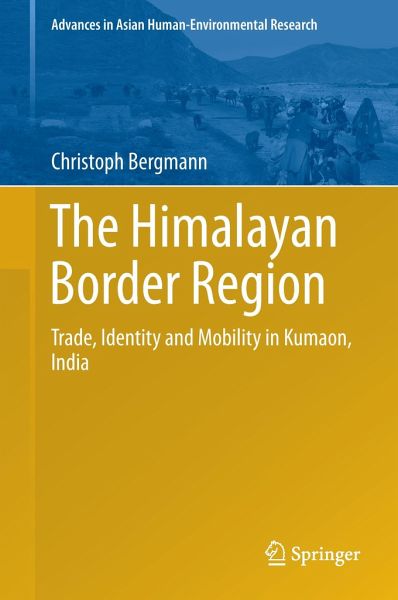
The Himalayan Border Region
Trade, Identity and Mobility in Kumaon, India
Versandkostenfrei!
Versandfertig in 6-10 Tagen
76,99 €
inkl. MwSt.
Weitere Ausgaben:

PAYBACK Punkte
38 °P sammeln!
Drawing fromextensive archival work and long-term ethnographic research, this book focuseson the so-called Bhotiyas, former trans-Himalayan traders and a Scheduled Tribeof India who reside in several high valleys of the Kumaon Himalaya. The area islocated in the border triangle between India, the Tibet Autonomous Region (TAR,People's Republic of China), and Nepal, where contestations over politicalboundaries have created multiple challenges as well as opportunities for localmountain communities.Basedon an analytical framework that is grounded in and contributes to recentadvances in the field o...
Drawing fromextensive archival work and long-term ethnographic research, this book focuseson the so-called Bhotiyas, former trans-Himalayan traders and a Scheduled Tribeof India who reside in several high valleys of the Kumaon Himalaya. The area islocated in the border triangle between India, the Tibet Autonomous Region (TAR,People's Republic of China), and Nepal, where contestations over politicalboundaries have created multiple challenges as well as opportunities for localmountain communities.Basedon an analytical framework that is grounded in and contributes to recentadvances in the field of border studies, the author explores how theBhotiyas have used their agency todevelopa flourishing trans-Himalayan trade under British colonial influence; to assertan identity and win legal recognition as a tribal community in the politicalsetup of independent India; and to innovate their pastoral mobility in thecontext of ongoing state and market reforms. By examining theBhotiyas' trade, identity and mobilitythisbook showshow and why the Himalayan border region has evolved as an agentive siteof political action for a variety of different actors.





